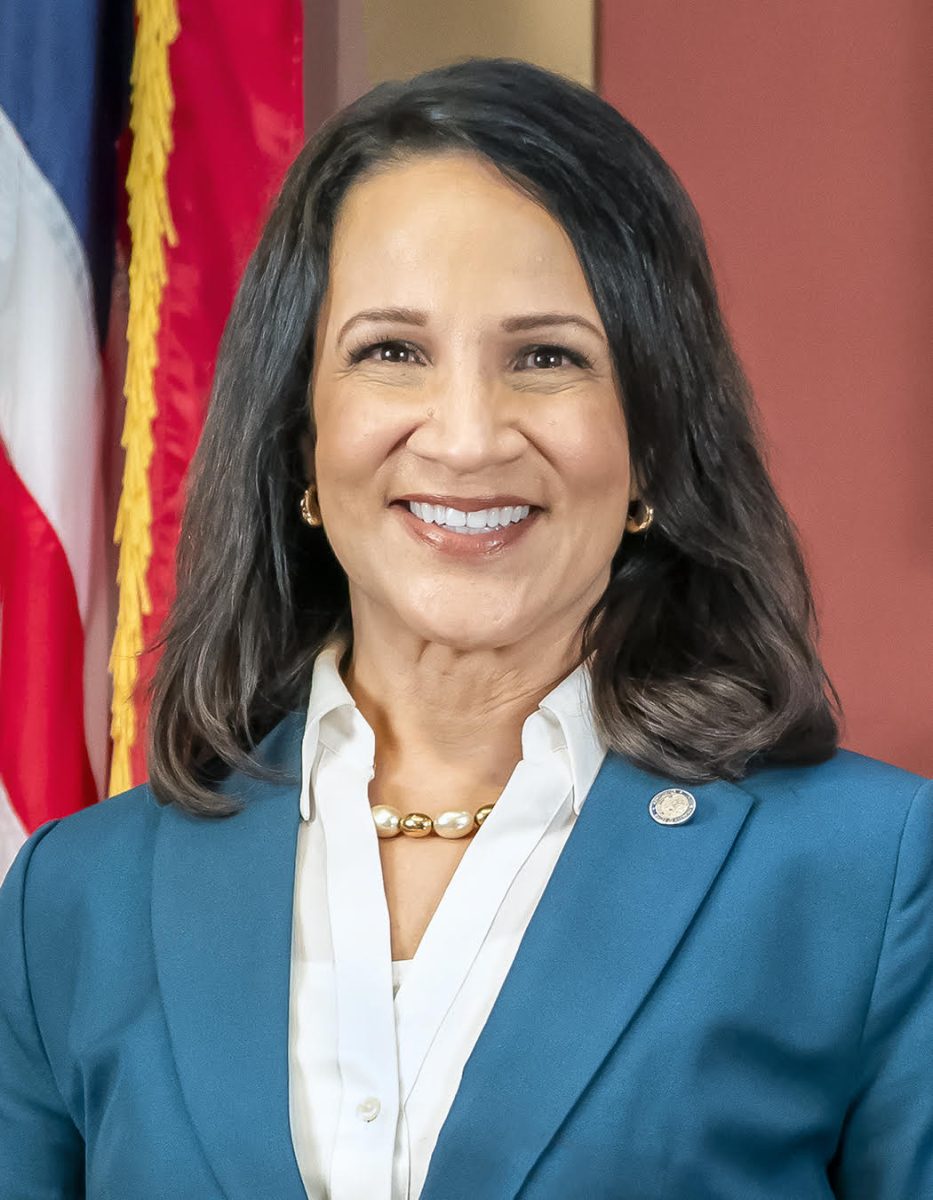Modifications to an existing City of Minneapolis ordinance would ban certain containers found in many local coffee shops and restaurants.
The Environmentally Acceptable Packaging Ordinance, or Green To Go, was implemented by the City in 2015. The ordinance banned Styrofoam and other plastic food packaging in Minneapolis establishments, but the City is nearing the end of several exemptions that allowed certain plastic packaging. Exempted containers, including plastic-lined paper cups and containers and single-serve plastic coffee cup lids made of the material polystyrene, will no longer be allowed after April 22.
“We put the exemption in place, kind of expecting alternatives to be created and the market to change and move a little bit towards more environmentally friendly materials, and I think that it has,” said Ward 2 City Council member Cam Gordon.
Polystyrene cup lids and Styrofoam are classified as number six plastics. Though replacements for polystyrene exist, local business owners have expressed concern over the added cost of the ordinance.
“There’s a lot of confusing packaging, but my experience with packaging in general is that normally, as you get closer to being more environmentally acceptable and friendly, the price increases,” said owner of Raising Cane’s Chicken Fingers in Dinkytown and Dinkytown Business Alliance President Kent Kramp. “With minimum wage [set to go up in July] and Green To Go, it’s tough to get hit with a couple of these big things during the same time period.”
DBA hosted a meeting with a City official earlier this month to help business owners learn more about Green To Go after they expressed confusion around the ordinance. Kramp said the City has communicated well and has been willing to help as business owners prepare to meet the newest requirements.
Minneapolis Health Department Environmental Health Director Dan Huff said the City has given businesses time to find alternatives before enforcing parts of the ordinance. The exemptions were implemented after the City heard public input, which allowed businesses time to use up non-complying packaging and find alternatives. Other options for businesses are recyclable plastics or compostable packaging, Huff said.
“There’s not a market for number six recyclables available in Minnesota. And so any number six plastic that is put in Minneapolis recycling just goes to the burner,” Huff said.
Though he expects to hear similar cost concerns, feedback on the ordinance has been more positive than in 2015, Gordon said. If there are any concerns, business owners should reach out to the City’s Small Business Team, he said.
“We’ll still hear back that they may cost a little bit more, and that may be the case for a while,” Gordon said. “We’re actually trying to encourage people to do some purchasing together, some smaller businesses, because sometimes if you do a larger purchase, you get a much better price.”
Even with the potential for increased costs, Kramp said the ordinance meets a public demand for more green products.
“I don’t think you’re going to find a single business out there that isn’t affected and having to change packaging, more than likely because this packaging is more expensive than non-green packaging,” Kramp said. “So, really no business is in a huge rush to make these changes.”













